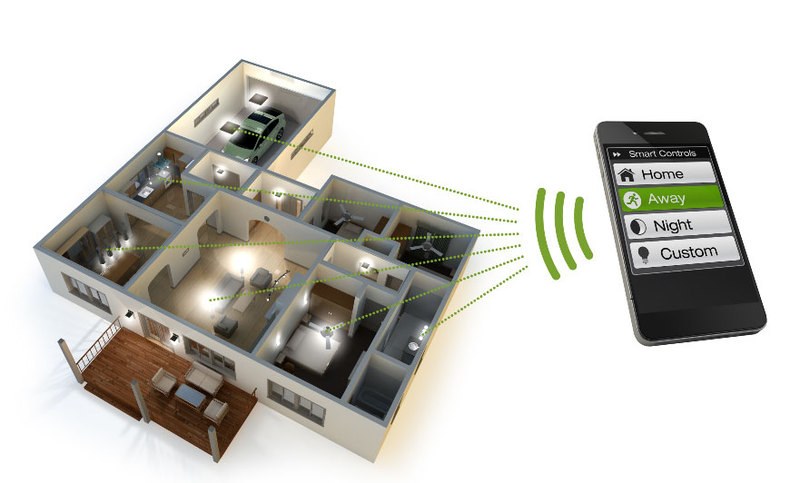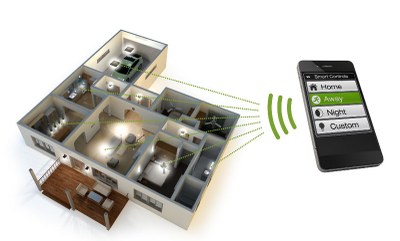The Lighting Industry is Looking for a New Identity
Today, Siegfried Luger, publisher of LED professional, talked with Mr. Ed van den Kieboom, Conference Director Smart Lighting Event, and with Dr. Bruno Smets, Chair Conference Committee Smart Lighting Event, about the ongoing conference in Frankfurt.
 Mr. Ed van der Kieboom
Mr. Ed van der Kieboom
 Dr. Bruno Smets
Dr. Bruno Smets
Mr. Luger: What is Smart Lighting by definition? How do you define it exactly?
Mr. Kieboom/ Mr. Smets: With the introduction of Solid-State Lighting, in the long term, the lighting industry is becoming digital. There is the assumption that with this transition digital lighting will become more efficient but will also create the right conditions for working and living environments, for people's well-being, and, over time, their health. In the past, the lighting conditions were given but in the future lighting conditions will be on demand - let's say - based on customer and consumer requirements. The main driver is digital lighting and we can say it's the marriage between the lighting industry and the semiconductor industry.
Mr. Luger: How many people are attending the Smart Lighting Event?
Mr. Kieboom/ Mr. Smets: There are 248 people here at the show.
Mr. Luger: From yesterday's and today's talks what can be seen as technology trends for the future or which technologies are required in this digital world? And what technologies should be improved when we look at smart lighting applications?
Mr. Kieboom/ Mr. Smets: In this digital world controls exist on a very limited level. What you see is that nearly all communications and protocols are proprietary. So there's the need for common standards as in other applications to boost the acceptance of the digital systems. Additionally, the standards of today are not the standards of tomorrow. If we move the business towards a system and solution orientation, and if we talk about user-interface, then new devices like mobile phones and tablets will become new devices for communication and interfacing.
Another interesting aspect is that the lighting industry is moving to low-power/voltage applications. It could be that in the future our environment will be based on low-voltage grids. This would also revolutionize the infrastructure of lighting systems, for example, in combination with renewable energy sources.
Mr. Luger: What's the general outlook of the lighting industry?
Mr. Kieboom/ Mr. Smets: There's a variety of representatives from different communities in the audience. The presentations given had a very wide prospective and a broad range of topics. According to the the discussions, it seems that the lighting industry is looking for a new identity. This identity will probably not be based on traditional stakeholders from the lighting industry but rather, they will come from a variety of stakeholders such as lighting designers, utility companies, construction companies, architects, and many more. This new stakeholder situation came out very clearly. So the lighting industry has to create this new identity.
Mr. Luger: I wish you a very successful second conference day!
Mr. Kieboom / Mr. Smets: Thank you.


